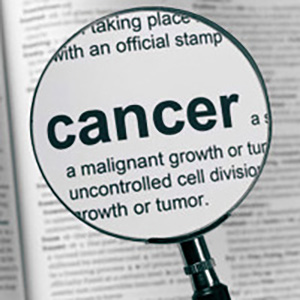Anthropometric characteristics and relationship with non-muscle invasive bladder cancer in Greece: A case-control study

Accepted: March 6, 2023
All claims expressed in this article are solely those of the authors and do not necessarily represent those of their affiliated organizations, or those of the publisher, the editors and the reviewers. Any product that may be evaluated in this article or claim that may be made by its manufacturer is not guaranteed or endorsed by the publisher.
Authors
Background: Risk factors like smoking, radiation, chronic infections and exposure to occupational chemicals are strongly associated with occurrence of bladder cancer. Association between increased body weight and bladder cancer has been controversial. The aim of this case-control study is to evaluate association of anthropometric characteristics on bladder cancer incidence in Greek population.
Methods: This case-control study was conducted at a tertiary hospital in Greece with cases being patients with bladder cancer diagnosed within the last 2 years and controls patients admitted to hospital for reason other than cancer and not related to common risk factors related to bladder cancer. Anthropometric characteristics like weight, height, body mass index, waist and hip circumference were measured. Analyses was done with R (Vienna, Austria).
Results: Comparison between groups showed that patients with bladder cancer had higher weight, BMI and waist circumference compared to controls. However, multivariate, binomial logistic regression showed that only age (OR 1.03, 95% CI: 1-1.05, p = 0.02), no use of smoke (OR 0.12, 95% CI: 0.07-0.23, p < 0.001) and occupation related to bladder cancer (OR 7.45, 95% CI: 2.53-27.93, p < 0.001) significantly predicted the incidence of bladder cancer.
Conclusions: Bladder cancer incidence is strongly linked with specific risk factors such as smoking, occupation with exposure to chemicals and smoke, increasing age, radiation and chronic infections. Several studies have shown a weak association between anthropometric characteristics and bladder cancer, although most studies in European populations did not confirm these findings. Similarly in our case-control study in a Greek population, we found potential relationship between increased weight/BMI and waist circumference with bladder cancer, but the association disappeared in multivariate analysis.
How to Cite

This work is licensed under a Creative Commons Attribution-NonCommercial 4.0 International License.
PAGEPress has chosen to apply the Creative Commons Attribution NonCommercial 4.0 International License (CC BY-NC 4.0) to all manuscripts to be published.

 https://doi.org/10.4081/aiua.2023.11266
https://doi.org/10.4081/aiua.2023.11266



